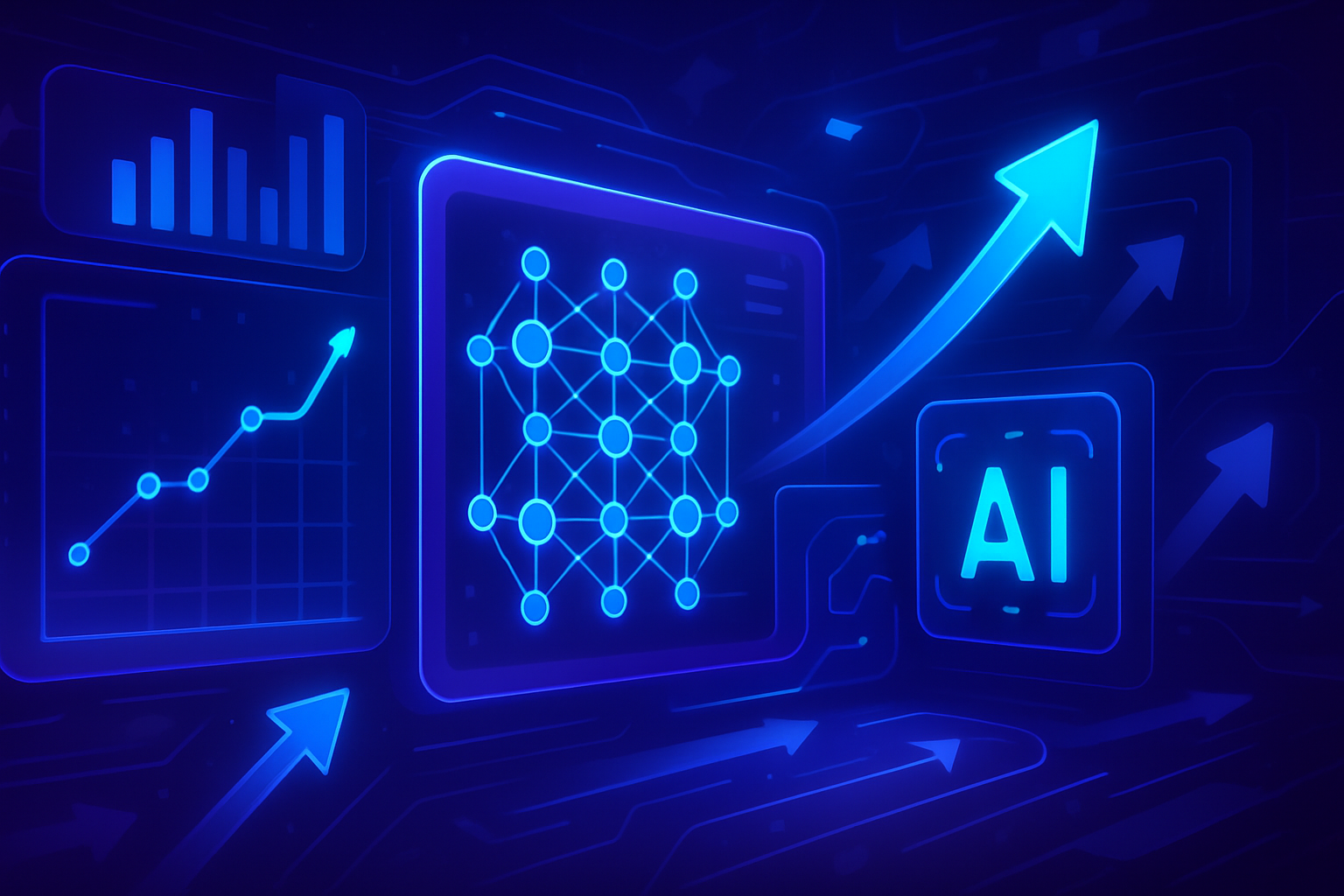Assessing advancements in reinforcement learning becomes essential in a constantly evolving technological world. The challenges related to optimizing algorithms are multiplying, making the emergence of new tools critical. A revolutionary instrument, called IntersectionZoo, is emerging to analyze progress in eco-driving and complex interactions between vehicles.
A new benchmark for artificial intelligence. This tool targets large-scale optimization problems within urban transportation. Through an innovative approach, it promotes the generalization of algorithms used in various contexts, remaining relevant in the face of changes. Promising results redefine how the field interacts with realistic challenges, integrating variables like dynamics of vehicle behavior in complex environments.
Evaluation of advancements in reinforcement learning
A new initiative seeks to assess the effectiveness of reinforcement learning (RL) algorithms in complex contexts such as urban traffic management. Led by Professor Cathy Wu from MIT, this project, named IntersectionZoo, offers a platform to examine a variety of traffic scenarios.
The challenges of reinforcement learning
Reinforcement learning systems face unprecedented challenges related to the generalization of results. Algorithms often tested in specific situations lose relevance when confronted with minor changes, such as a shift in road signage. This rigidity complicates the assessment of their robustness.
The role of IntersectionZoo
This new tool aims to overcome the limitations of traditional methods. IntersectionZoo includes a rich database of 1 million traffic scenarios, allowing researchers to test the effectiveness of reinforcement learning solutions in various contexts. This approach contributes to a deeper understanding of how these algorithms can adapt and evolve.
Implications for emissions reduction
The use of eco-driving algorithms in autonomous vehicles could significantly reduce greenhouse gas emissions in urban environments. Subtle adjustments in driving, such as gradual slowing down before traffic lights, illustrate how even small changes can have notable impacts on fuel consumption.
A multidisciplinary challenge
The work of Cathy Wu is part of a broader framework, covering various disciplines. The collection of relevant data, such as intersection topology and weather conditions, remains essential to provide a realistic context for testing algorithms. The characteristics of the urban environment play a key role in designing adaptive learning solutions.
Future prospects
A significant part of the upcoming work will involve applying IntersectionZoo to specific studies on the effects of eco-driving on emissions. Research focuses on the percentage of autonomous vehicles deployed in a city to assess the magnitude of benefits on emissions. An additional dimension will aim to support the development of generalizable reinforcement learning algorithms applicable in multiple domains.
Accessibility for research
The project aims to provide an open and accessible resource to the scientific community. IntersectionZoo, along with all its documentation, is available on GitHub, thus enabling researchers worldwide to explore and develop innovative solutions. This collaborative approach could propel the advancement of reinforcement learning algorithms towards practical applications, from autonomous driving to advanced security scenarios.
The research of Wu and her collaborators, whose contributors come from various institutions, highlights the importance of the synergy between academic research and practical application. This dynamic is proposed not only for traffic challenges but also for all contemporary issues requiring intelligent and adaptive solutions.
Frequently asked questions
What is a new tool that assesses advancements in reinforcement learning?
A new assessment tool in reinforcement learning is a system designed to measure the effectiveness and robustness of machine learning algorithms by providing standardized references to test and compare performances in various scenarios.
How does this tool improve reinforcement learning algorithms?
This tool helps identify the weaknesses and strengths of algorithms by offering a variety of scenarios, thus facilitating continuous optimization and adaptability of models in changing conditions.
What are the main advantages of using this assessment tool?
The main advantages include a better understanding of algorithm performance, facilitating comparisons between different approaches, and contributing to significant advancements in the field of artificial intelligence through more rigorous evaluation.
Are the results obtained with this tool generalizable to other applications?
Yes, the results obtained with this tool can often be applied to other areas where reinforcement learning is relevant, such as robotics, video games, or logistics, thanks to the diversity of evaluated scenarios.
How does this tool take into account the variability of usage scenarios?
It integrates a wide range of scenarios, each with unique parameters, thus allowing for the evaluation of the robustness and flexibility of algorithms in response to changes in the learning environment.
Are there resources or guides to help use this tool effectively?
Yes, detailed documentation is generally provided with the tool, which explains how to use it, evaluation methods, and application examples to help users get started quickly.
How can researchers contribute to the improvement of this tool?
Researchers are encouraged to share their feedback, propose new evaluation scenarios, and integrate their own algorithms into the tool to enrich the machine learning research community.
What types of data are used to test algorithms through this tool?
The tool uses various data, such as urban scenarios, lighting variations, road conditions, and other factors that influence the performance of reinforcement learning agents in real-world contexts.






